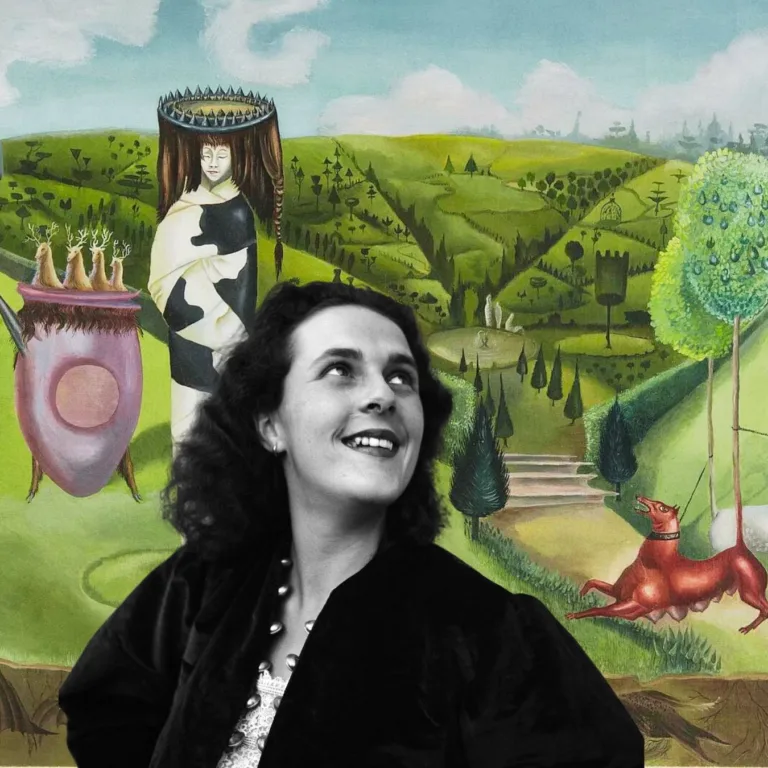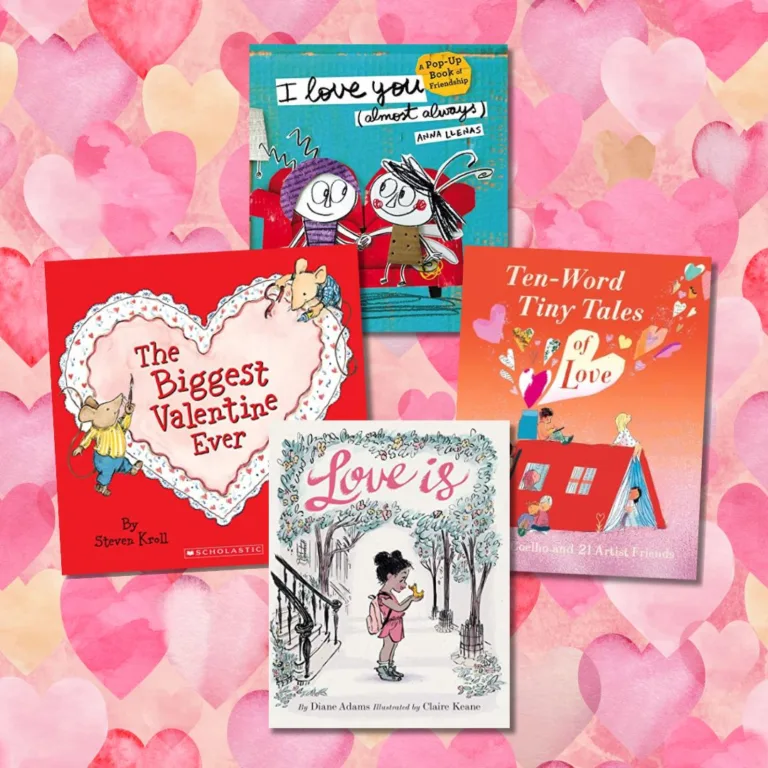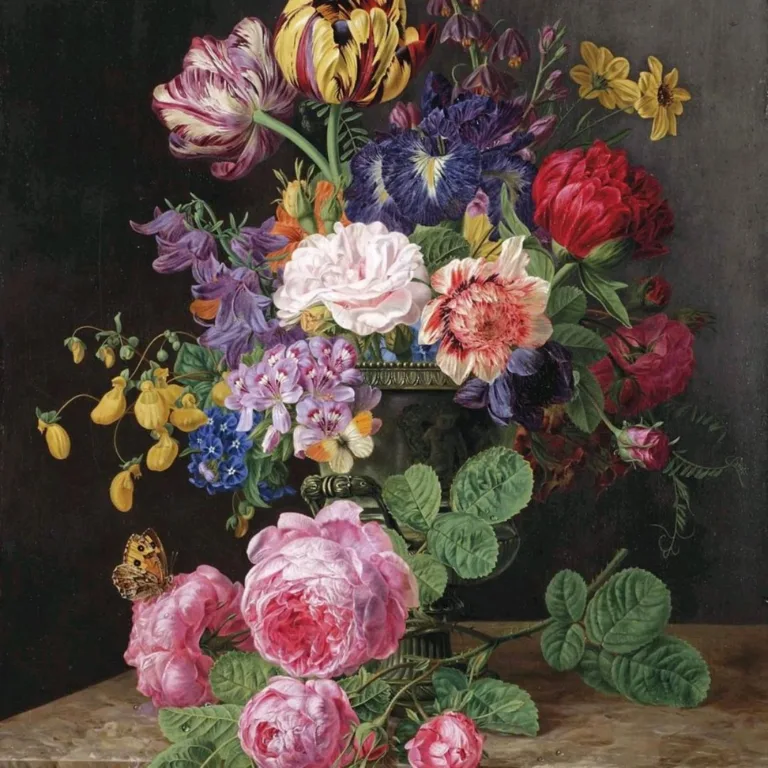What is Emergent Curriculum? A Simple Guide to Child-Led Learning
When it comes to teaching kids, there’s no one-size-fits-all solution. That’s where the concept of the emergent curriculum comes into play, a method that the Reggio Emilia approach to education really champions. This method isn’t about sticking to a rigid plan; instead, it’s all about tuning into what kids are curious about and using that to drive their learning.
Save for Later:

Emergent Curriculum Definition & Key Principles
So, what is emergent curriculum? At its core, the emergent curriculum definition describes an approach where learning experiences are shaped by students’ interests rather than a fixed plan. Instead of teachers dictating the lessons, they observe, document, and respond to what excites children, using that curiosity as a starting point for deeper exploration.
If kids become fascinated by bugs, for instance, that topic might expand into science experiments, nature journaling, or even storytelling projects. This organic, child-led structure makes emergent curriculum a natural fit for other approaches like project-based learning, big idea curriculum, and inquiry-based learning.
Imagine a classroom that adapts to the children in it rather than the other way around; that’s the essence of the emergent curriculum.
Read also:

How the Reggio Emilia Approach Supports Emergent Curriculum
The Reggio Emilia approach fully embraces emergent curriculum, placing children at the center of the learning process. Classrooms are designed as “third teachers,” rich in materials that spark curiosity. Educators act as facilitators rather than instructors, shaping lessons around student-driven inquiries.
For example, a child bringing a leaf to class could lead to discussions about seasons, plant life cycles, and environmental sustainability—all stemming from that single observation. This type of child-led, inquiry-based learning helps students connect with the material on a deeper level.
📌 Want more hands-on learning ideas? Check out Easy Nature Crafts for Kids, perfect for Reggio-inspired classrooms.
Read also:
- What is the Reggio Emilia Approach? | Intro to Reggio Emilia Teaching for Parents and Teachers
- Reggio Emilia Classroom Design | Intro to Reggio Inspired Learning Spaces
- The 7 Core Reggio Emilia Principles
Why Emergent Curriculum Works
One of the biggest advantages of emergent curriculum is that it makes learning relevant and engaging. When children explore topics they are naturally curious about, they retain information better, build problem-solving skills, and develop stronger social connections.
At its core, the emergent curriculum definition is all about creating meaningful, student-centered learning experiences. By following their interests, children don’t just memorize facts—they engage, explore, and develop a deeper understanding of the world.
The Upsides of This Approach
When kids learn through their interests, they’re more than just attentive; they’re active participants. This kind of learning sticks because it’s meaningful to them. It’s not just about memorizing facts; it’s about understanding the world.
Plus, it’s excellent for their all-round development. They learn to ask questions, solve problems, and even get along better with others because they’re engaged in what they’re doing.
Read also:
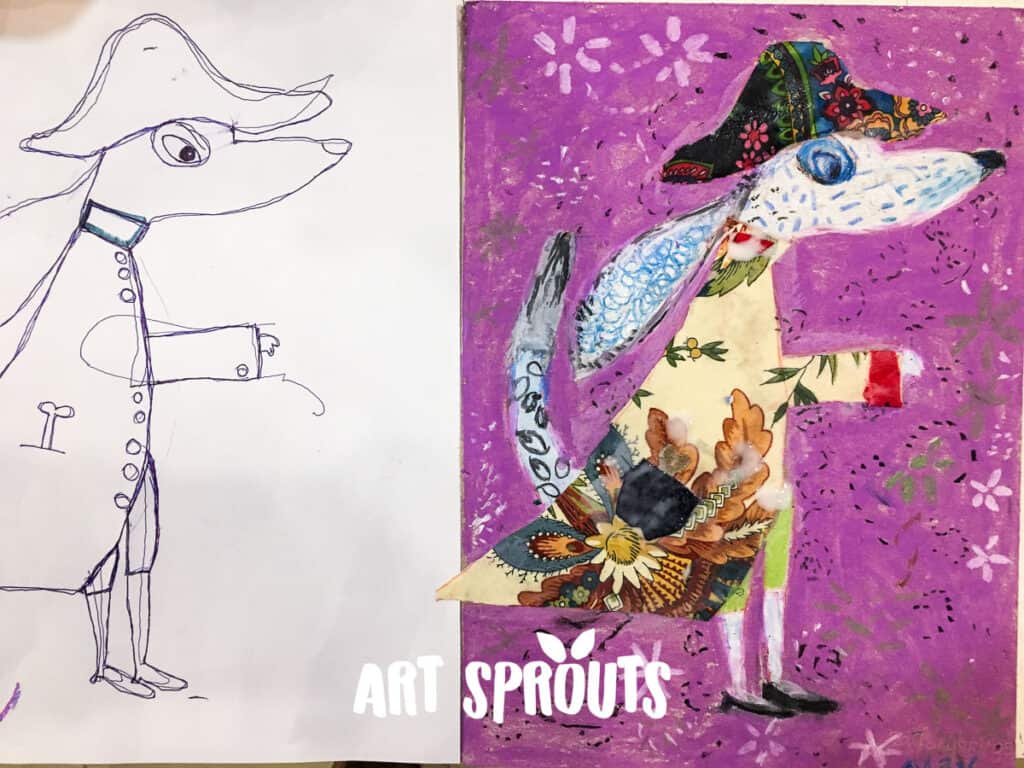
Challenges & Considerations in Emergent Curriculum
Of course, no approach is perfect. Despite its benefits, implementing an emergent curriculum requires careful planning.
One of the tricky parts is balancing what one child is into with what the whole group needs. And it takes a special kind of teacher to pull this off — someone who’s a keen observer, a creative planner, and flexible enough to change course when a new interest pops up.
Another potential challenge is ensuring that while following the children’s interests, the core curriculum isn’t neglected. It’s a fine balancing act between allowing interests to lead the way and ensuring that essential learning milestones are met. Teachers need to skillfully weave in foundational knowledge and skills without undermining the child-driven nature of the curriculum.
Read also:
There’s also a risk of getting carried away or ‘drifting’ from the core curriculum if the emergent topics aren’t carefully integrated. Teachers must be adept navigators, steering the learning journey without getting lost in the sea of emergent interests. They should act as the driving force, ensuring that while children’s interests are at the forefront, the learning remains structured and purposeful.
Assessment in an emergent curriculum can also pose challenges. Traditional methods may not accurately reflect a child’s learning and progress in such a dynamic and individualized setting. Teachers need to employ more creative and flexible assessment strategies that capture the depth and breadth of learning that occurs.
Lastly, this approach requires a considerable amount of time for observation, planning, and reflection, which can be a constraint in time-pressured educational environments. Teachers need adequate time and support to implement the emergent curriculum effectively.
Despite these challenges, when navigated successfully, the emergent curriculum can lead to highly engaging, relevant, and meaningful learning experiences for children.
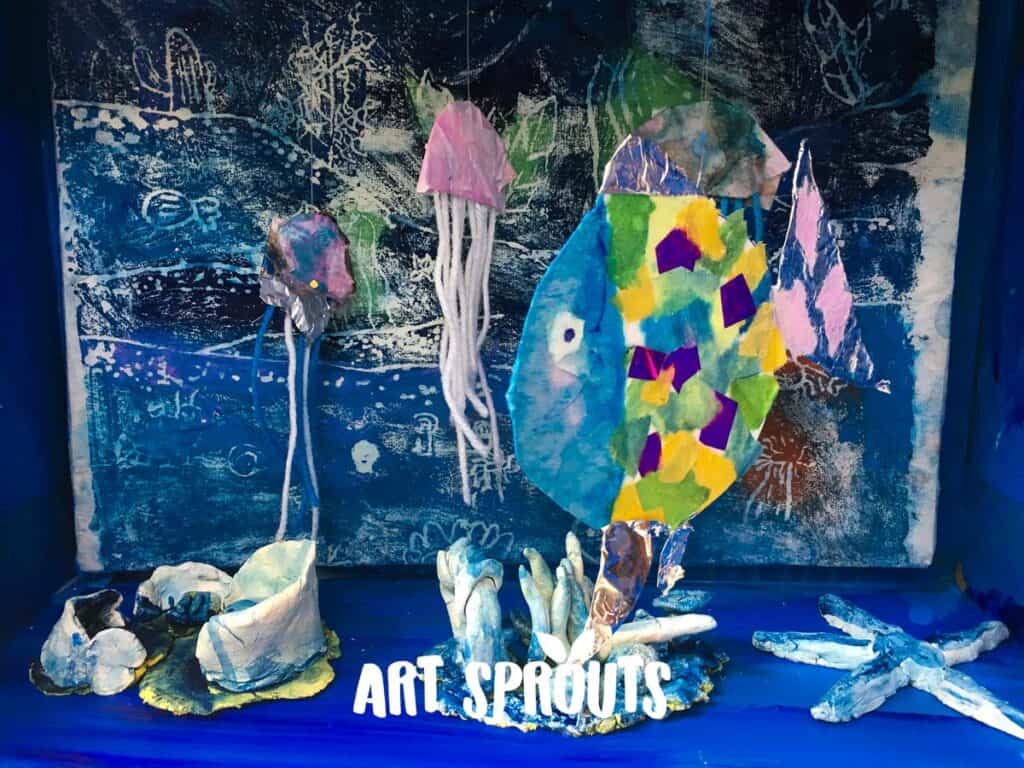
Final Thoughts: What Is Emergent Curriculum in Action?
So, what is emergent curriculum, really? It’s a flexible, student-driven learning approach that values curiosity and exploration. By adapting lessons to children’s interests, this method fosters creativity, engagement, and lifelong learning habits.
The emergent curriculum definition isn’t just about following student interests—it’s about intentionally designing learning experiences that respond to real-world curiosity. Whether used in a Reggio Emilia-inspired classroom or blended with other progressive education models, emergent curriculum helps create rich, meaningful educational experiences where kids thrive.
📌 Further Reading:
The “New” Education Vocabulary: Key Terms You Should Know
The Reggio Atelier: Where Creativity Takes Center Stage
Glossary:
- Emergent Curriculum: A way of planning lessons based on the interests and passions of the children in the classroom. Rather than sticking to a rigid curriculum, teachers adapt and change their plans as they observe what the children are curious about.
- Big Idea Curriculum: An educational approach that centers around broad, overarching themes or questions. These ‘big ideas’ are explored in depth, allowing for a more integrated and comprehensive understanding of the subject matter.
- Project-Based Learning (PBL): A teaching method in which students gain knowledge and skills by working for an extended period to investigate and respond to an authentic, engaging, and complex question, problem, or challenge.
- Inquiry-Based Learning: A form of active learning that starts by posing questions, problems, or scenarios—rather than simply presenting established facts or portraying a smooth path to knowledge.



